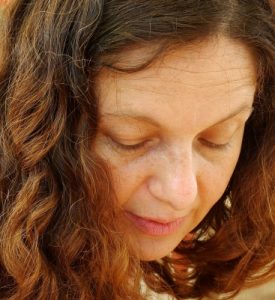Eating Disorders Most Common In Middle-Age Women, Author Of New Book Says
 Anorexia and bulimia traditionally evoke thoughts and images of young, middle- to upper-class teen girls.
Anorexia and bulimia traditionally evoke thoughts and images of young, middle- to upper-class teen girls.
But in a new book called “Midlife Eating Disorders,” Cynthia M. Bulik says that eating disorders are actually more common among older women in their 30s and 40s. These woman, often shouldering the burdens of work, family and home while trying to maintain their own health and weight, often are under the radar of their doctors and suffering in silence.
“Countless women and men in midlife and beyond — from all racial, ethnic and socioeconomic backgrounds — wake up each morning to an ongoing battle with eating and body image,” Bulik writes.
Media loves anorexia
One interesting point that Bulik makes in the book is that the media is all too willing to show us pictures of emaciated models or rail-thin actresses while supposedly “shaming” them for perpetuating the anorexic ideal. But these types of photos are merely just another shock tactic for grabbing attention. “Less visual” eating disorders like bulimia and binge eating disorder go unnoticed — especially in older women. Bulik elaborates:
People are more aware of the lethality of anorexia nervosa, and the media are always hot on the trail of any story about a celeb who dies, be it from anorexia nervosa, drug or alcohol abuse or suicide. Most people are less aware that other eating disorders also carry a death toll.
Productive and diseased
Bulik says that many older adults with eating disorders can carry out incredibly productive lives, hiding their habits well from friends or family members. But “typecasting” eating disorders as strictly a young female problem is keeping the older population from being closely monitored by health professionals — and possibly from getting them the treatment they need.
Children, intimacy and finances can all be affected when a parent has an eating disorder, says Bulik.
“We are only now starting to tailor treatments to deal with the specific challenges faced by adult women and men,” writes Bulik. “How to recover when you have to work, engaging partners in recovery, developing parenting skills and protecting the next generation.”
“Midlife Eating Disorders: Your Journey to Recovery” is available on Amazon.
Source: Women’s News
 Eating Disorder Self Test. Take the EAT-26 self test to see if you might have eating disorder symptoms that might require professional evaluation. All answers are confidential.
Eating Disorder Self Test. Take the EAT-26 self test to see if you might have eating disorder symptoms that might require professional evaluation. All answers are confidential.